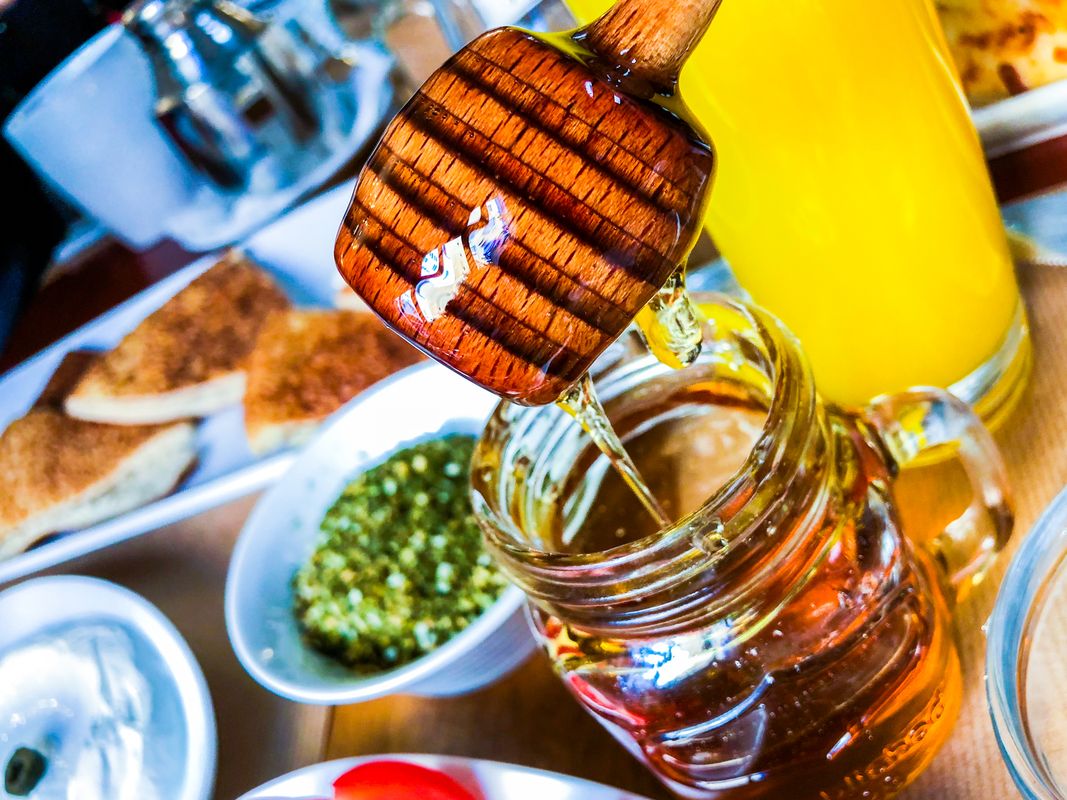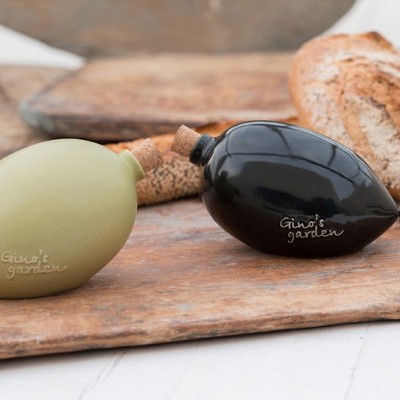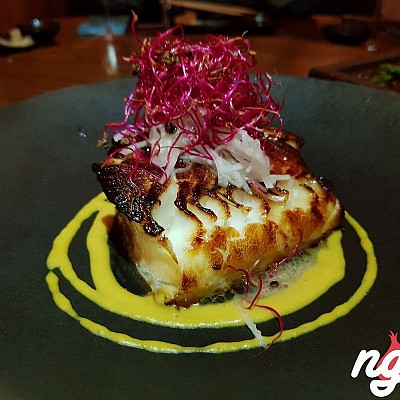Honey!!!! I’m home... did you know? Honey is a sweet, viscous food substance made by honey bees. Bees produce honey from the sugary secretions of plants or from secretions of other insects, by regurgitation, enzymatic activity, and water evaporation. Bees store honey in wax structures called honeycombs. Honey has high levels of monosaccharides, fructose, and glucose, and it contains about 70 to 80 percent sugar, which provides its sweetness. Honey also has antiseptic and antibacterial properties.
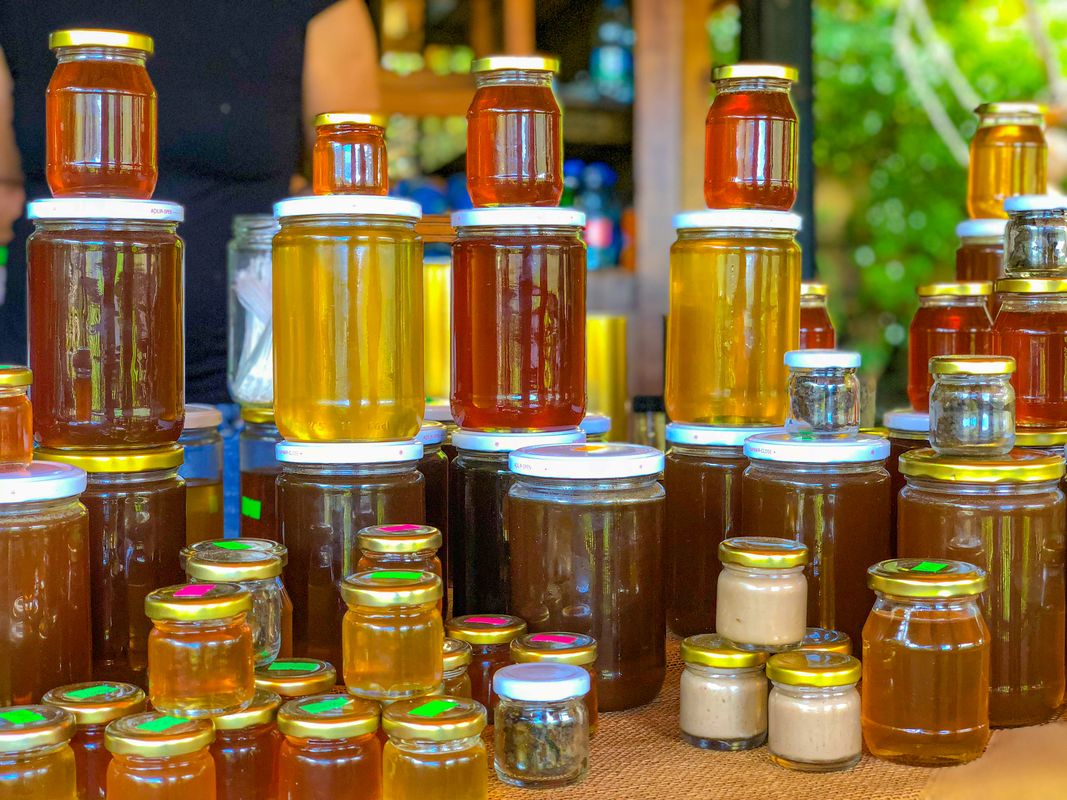
Today, proponents of honey tout its miraculous healing properties, claiming that it can prevent cancer and heart disease, reduce ulcers, ease digestive problems, regulate blood sugar, soothe coughs and sore throats, and increase athletic performance.
Honey, specifically raw, is considered a superfood. ... Boosts immunity: Raw honey has antibacterial and antiviral properties that can help boost your immune system and fight sickness. Honey also contains flavonoids, which are antioxidants that can help reduce the risk of cancer and heart disease.
Honey color ranges from nearly colorless to dark brown, and its flavor varies from delectably mild to distinctively bold, depending on where the honey bees buzzed. As a general rule, light-colored honey is milder in taste and dark-colored honey is stronger.
Honey typically comes in three different forms. Liquid honey, Crystallized honey and creamed honey.
Raw honey can vary in color from very dark to almost colorless depending on floral source. Color can also be affected by age as honey generally gets darker with age. Another factor in honey color is the crystallization process. Honey generally appears lighter when cyrstallized.
Texture can be dependent on the floral source. Clover honey tends to have a creamy consistency while almond and dandelion are very coarse. This is caused by the difference in properties of the nectar source. Some have a much lower water content and vary in chemical composition.
And that is why honey varies in tast, color, and texture.
You can eat the whole honeycomb, including the honey and waxy cells surrounding it. In addition, the waxy cells can be chewed as a gum. Summary Honeycomb is a natural product made by bees to store their larvae, honey, and pollen. All of the honeycomb can be eaten — including the waxy cells and raw honey they contain.
Bees are not only extremely important for humans, but also for entire ecosystems to function. As we know, bees allow plants to reproduce through pollination. These plants contribute to the food system by feeding animals – aside from humans – such as birds and insects.
But be sure to consume no more than 6 teaspoons (2 tablespoons) of honey per day, and that's if it's the ONLY added sugar you're eating. If you're getting sugar from other sources, make sure your total sugar intake does not top 6 teaspoons.
Honey might not come to mind when thinking about Lebanese food products. But Lebanon has a deeply rooted history with the gold nectar; it was even mentioned in the Old Testament.
Though honey production may have receded from the forefront of the Lebanese agro-industry since the days of the Bible, it has garnered increased attention since 2012, thanks in part to international non-governmental organizations. And while a lot of work still needs to be done to further develop the honey industry, the past five years have seen many steps in the right direction.
We all depend on the survival of bees
Bees and other pollinators, such as butterflies, bats and hummingbirds, are increasingly under threat from human activities.
Pollination is, however, a fundamental process for the survival of our ecosystems. Nearly 90% of the world’s wild flowering plant species depend, entirely, or at least in part, on animal pollination, along with more than 75% of the world’s food crops and 35% of global agricultural land. Not only do pollinators contribute directly to food security, but they are key to conserving biodiversity.
To raise awareness of the importance of pollinators, the threats they face and their contribution to sustainable development, the UN designated 20 May as World Bee Day.
The goal is to strengthen measures aimed at protecting bees and other pollinators, which would significantly contribute to solving problems related to the global food supply and eliminate hunger in developing countries.
We all depend on pollinators and it is, therefore, crucial to monitor their decline and halt the loss of biodiversity.
Bees are under threat. Present species extinction rates are 100 to 1,000 times higher than normal due to human impacts. Close to 35 percent of invertebrate pollinators, particularly bees and butterflies, and about 17 percent of vertebrate pollinators, such as bats, face extinction globally.
If this trend continues, nutritious crops, such as fruits, nuts and many vegetable crops will be substituted increasingly by staple crops like rice, corn and potatoes, eventually resulting in an imbalanced diet.
Intensive farming practices, land-use change, mono-cropping, pesticides and higher temperatures associated with climate change all pose problems for bee populations and, by extension, the quality of food we grow.
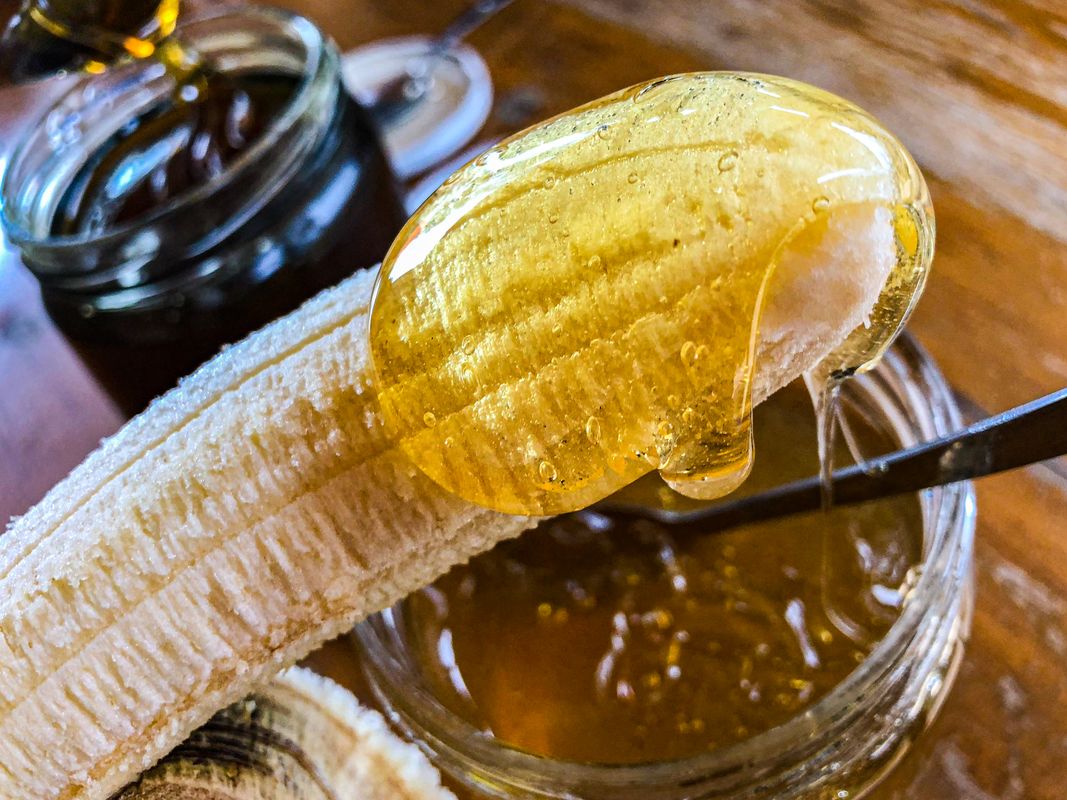
.
#shareyourhoney
.
#honey #honeycomb #honeybees #sugar #sweet #healthy #healthyfood #lebanesehoney #honeyoflebanon #nogarlicnoonions #lebanon #breakfast #alldaybreakfast #antiseptic #antibacterial #nature #protectnature #foodfromnature #natureofferings #yellow #golden #gold #goldcolor #yellowcolor #benefitsofhoney #miraculoushealing #honeylove #bees #honeycolor


















